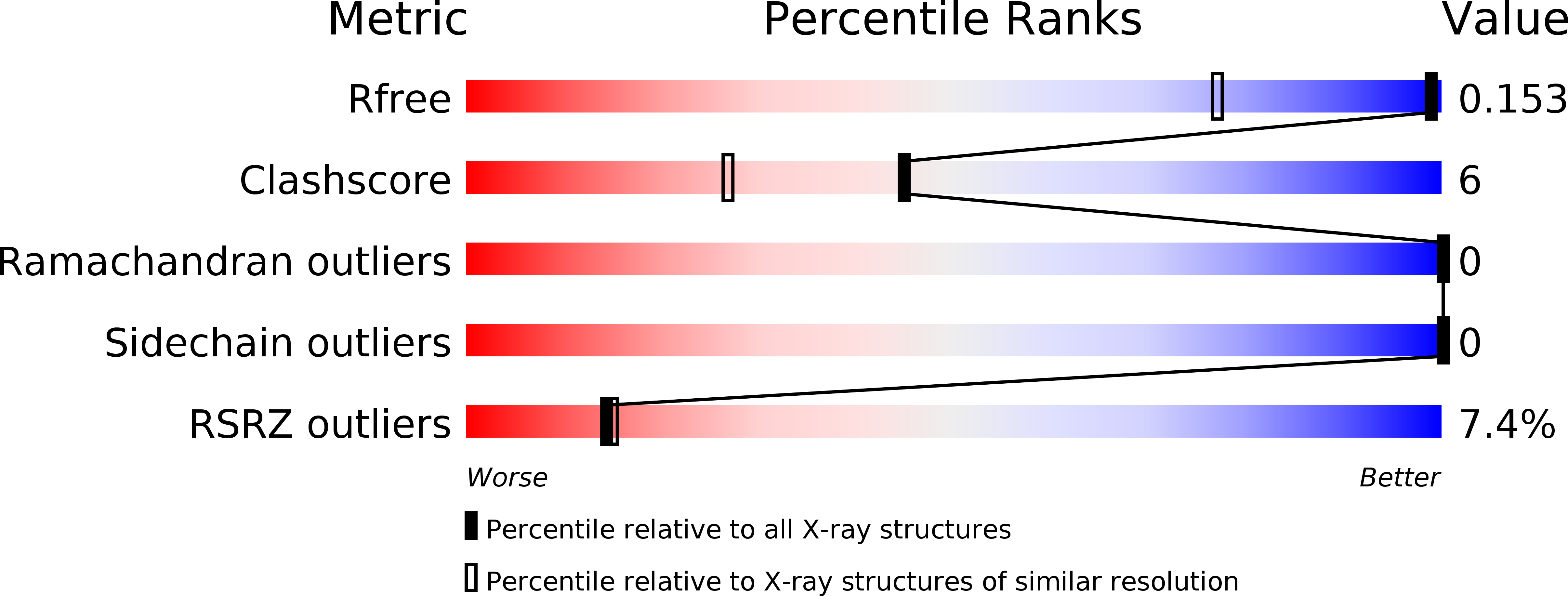
Deposition Date
2010-04-08
Release Date
2010-09-15
Last Version Date
2024-10-30
Entry Detail
PDB ID:
3MHR
Keywords:
Title:
14-3-3 sigma in complex with YAP pS127-peptide
Biological Source:
Source Organism:
Homo sapiens (Taxon ID: 9606)
Host Organism:
Method Details:
Experimental Method:
Resolution:
1.15 Å
R-Value Free:
0.15
R-Value Work:
0.12
R-Value Observed:
0.12
Space Group:
C 2 2 21


